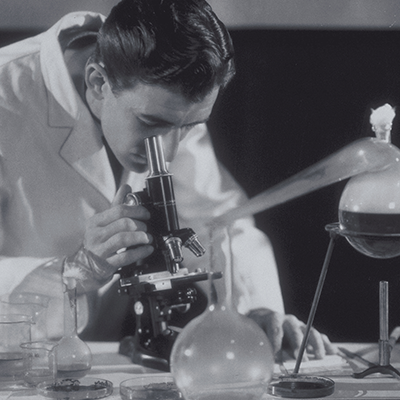Course Description:Learn about parameters for validating analytical procedures for small molecules based on USP−NF General Chapters <1225> Validation of Compendial Procedures and <1226> Verification of Compendial Procedures. Topics include comparing <1225> and <1226> and understanding the differences between <1225> and ICH guidelines. Elements on Method transfer and the complementary chapter USP−NF <1210> Statistical Tools for Procedure Validation will also be discussed in this course.
Upon completion of this course, you will be able to:
- Explain how approaches to validation depend on the intended application of the
procedure - Determine the appropriate analytical approaches are appropriate (validate versus
verify) - Evaluate the characteristics to consider for validation of various analytical procedures
- Demonstrate a proficient understanding of the design of validation experiments and
interpretation of results - Describe review techniques used to minimize resources required
- Identify the different approaches for transfer of procedures
- Explain the differences and similarities between validation, verification and
transfer of analytical procedures - Identify methods and statistical tools used for procedure validation
Who Should Participate:
- Analytical chemists
- QA/QC
- R&D
- Project management
- Manufacturing Staff
- CROs
- Regulatory professionals
- Technical liaison, who are involved in the validation and verification of analytical procedures.
NOTE: You must have at least 2 years experience in pharmaceutical industry to get the full benefit of this course.



